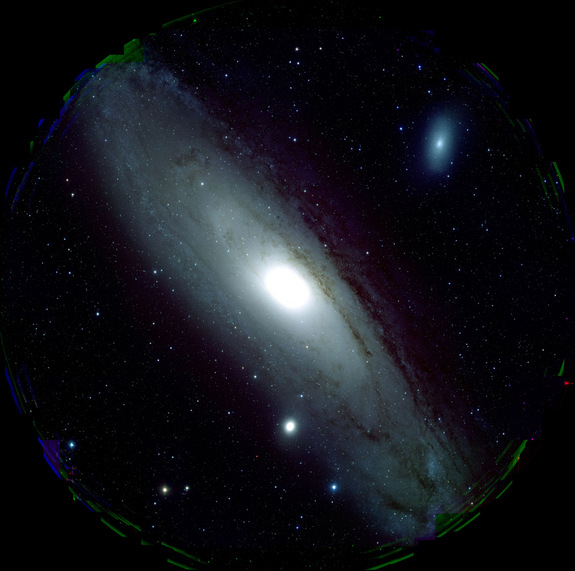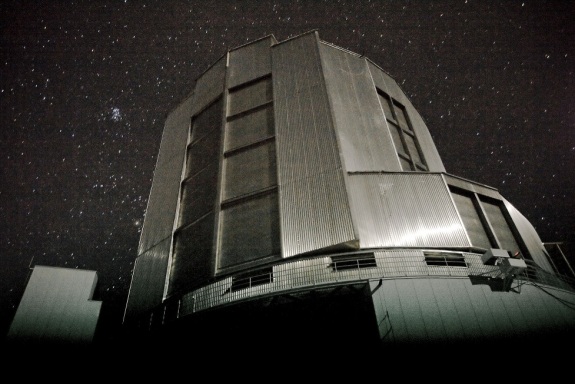
The photo seen here is the Andromeda Galaxy. The Milky Way’s next-door neighbor (2.5-million light years away) was captured with Japan’s new Subaru telescope at the summit of Hawaii’s Mauna Kea.

For those unfamiliar with the galaxy, Andromeda also goes by the name “M31.” It is the closest spiral galaxy to our planet, and is considered a “twin” because of how similar it is to the Milky Way. It is visible to the naked eye, though it appears more or less as a faint splotch in the sky, and it was first written about in 964 A.D. by al-Sufi, a Persian astronomer.
The image above was captured via the Subaru telescope’s new Hyper-Suprime Cam (HS), which offers a rather enormous 1.5-degree field of view.
The clarity of the photo has researchers excited by its potential.
“This first image from HSC is truly exciting,” said Masahiro Takada, chairman of the HSC science working group at the Kavli Institute for the Physics and Mathematics of the Universe in Japan. “We can now start the long-awaited, largest-ever galaxy survey for understanding the evolutionary history and fate of the expanding universe.”
Astronomers intend to use the HSC to conduct a census of every galaxy across the sky. The purpose of the assessment is to record galaxy shape for a study on how massive objects bend light through their gravitational pull.
“Such data will allow scientists to map the distribution of dark matter, constrain the nature of dark energy and search for baby galaxies that were just born in the early universe,” Takada said.
Satoshi Miyazaki, director of the HSC project, adds: “The sharp resolution in the current image augurs the instrument’s capabilities for capturing weak lensing, which is central to HSC's scientific goals of surveying the parameters and properties of dark matter and dark energy in the universe as well as exploring the causes of the accelerating expansion of the universe.”
In layman’s terms, by assessing all of our neighboring galaxies, astronomers will learn not only how much matter is in the universe, they’ll also develop a better understanding of dark matter and dark energy, the latter of which is responsible for causing the expansion of space to accelerate.
Story and image via space.com
Advertisement
Learn more about Electronic Products Magazine





